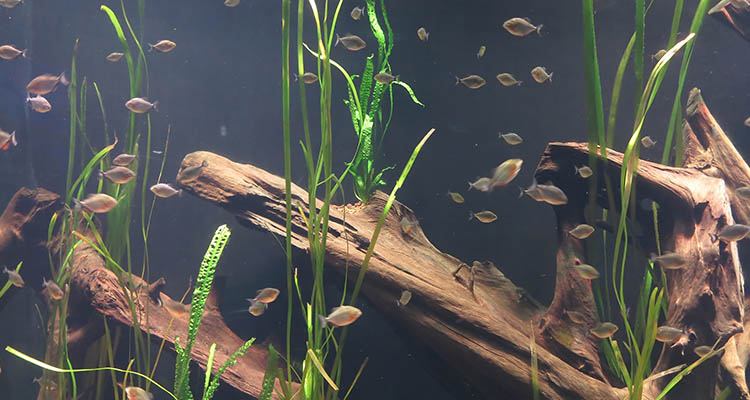In creating aquascapes for your home or business, should you use a pond liner or natural bottom? Depending on the application and environment, the answer may vary. In order to get the most out of your commercial or residential aquascape, take these factors into consideration when choosing between a pond liner or natural bottom.
Pond Liner or Natural Bottom?
There are many factors to consider when building your next pond or aquascape, including:- Wildlife
- Pond size
- Water quality goals
- Property value
- Longevity of the aquascape
- Geology
- Pond design
- Budget
- Fish and plant species
When to Use Natural Bottoms
Natural bottoms have advantages, specifically with smaller sized ponds. For shallow ponds holding less than a couple feet of water, a natural bottom may be a viable option. Shallow ponds experience less head pressure from the water, but do require forms of hard dirt that are well compacted. Head pressure from the water can start to push water through the natural bottom, which eliminates the option of an earthen bottom for deeper ponds and aquascapes. Aesthetically, a pond with a natural bottom will look more natural than those with a geosynthetic pond liner. On the flip side, natural bottom ponds may not hold natural elements as easily without extra material, which can raise the price of your project.When to Use a Pond Liner
Due to the head pressure of the water, many ponds require a geosynthetic pond liner, such as reinforced polyethylene (RPE) or reinforced polypropylene (RPP). There are many benefits to pond liners, in relation to the considerations listed above.- Geosynthetic pond liners offer strong puncture resistance, which comes in handy when your aquascape is surrounded by wildlife.
- NSF-61 certified pond liners are safe for both waters for human consumption as well as fish and plants. When water quality goals matter, a geosynthetic, NSF-61 certified pond liner should be selected.
- Geosynthetic pond liners like RPE and RPP conform to the contours of water features and ponds in an aquascape easily. These liners are easy to handle in small spaces.



